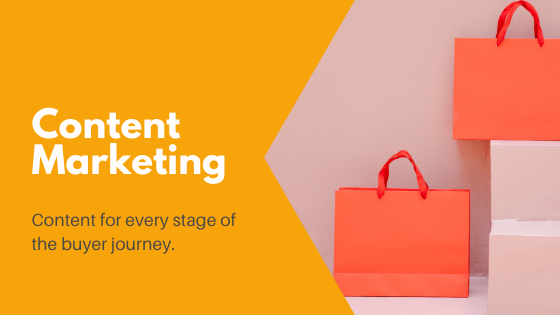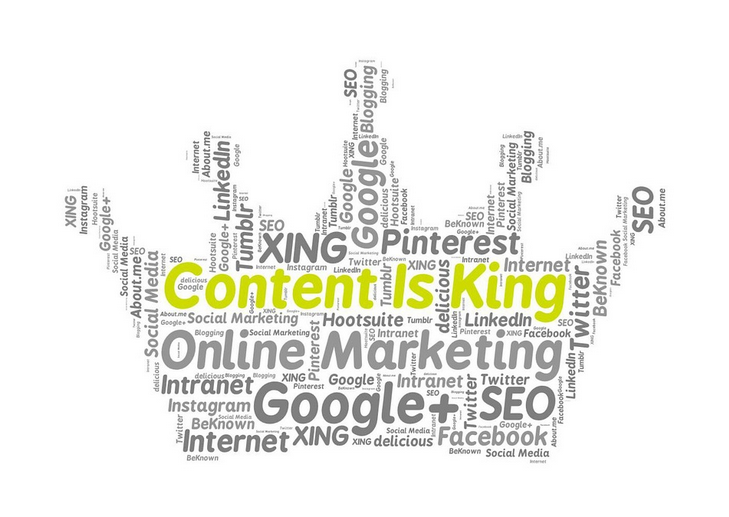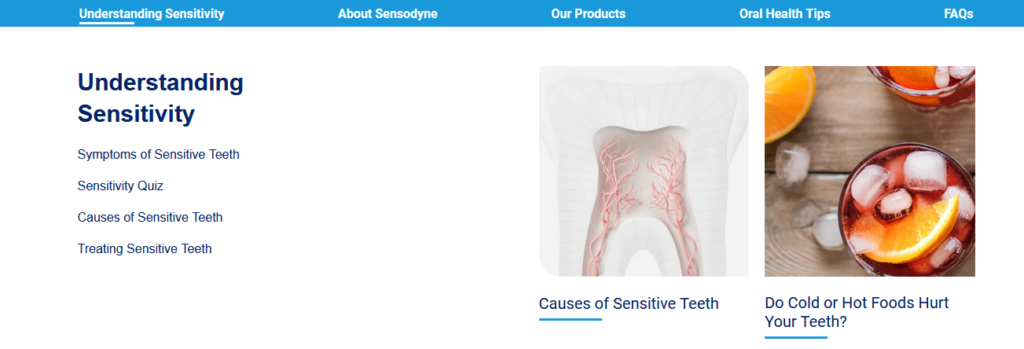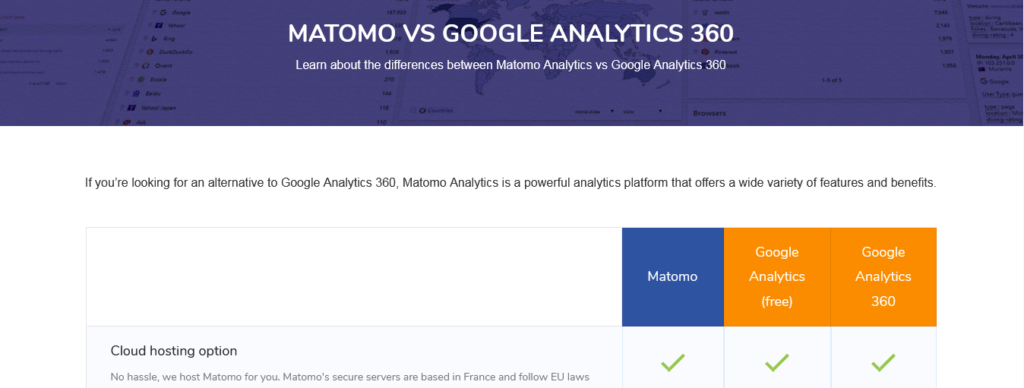B2B and B2C buyer journey content marketing ideas for every touchpoint on the path to purchase.

Customer journey content marketing: Is it really necessary?
Wouldn’t it be great if all consumers were to discover your products → buy said products → use them → and then be so satisfied that they become repeat customers?
But the reality is, the common purchase journey isn’t all that simple. It isn’t even linear!
First, consumers don’t necessarily set out from the same starting line. Some have existing knowledge about a certain topic as well as who the industry players are; others don’t.
Second, how consumers progress from one stage of the purchase journey to the next is far more complex these days than the ideal path of ‘see, choose, use and love’ mentioned above.
So what does that mean for your small business?
Well, in order to gain customers, your brand must be present. You have to be discoverable and relevant throughout a consumer’s path to purchase.
Put another way: You need content. And not just any old content—persuasive content!
What kind of content should you create for each stage of the consumer decision journey?
There are three important things to note before we take a closer look at what kind of buyer journey content you need and when they’re most effective.
1. Each stage of the consumer’s journey is different.
Because each stage of the purchase journey is different, you can’t expect one piece of content, say a single blog post, to do all the heavy lifting from boosting awareness through to landing the sale.
Instead, you have to create content that (1) caters to the needs, interests, and motivations consumers encounter along the path to purchase and (2) satisfies your content marketing goals.
By the way, here’s where you can read more about buyer stages—with examples!
2. The path to purchase varies from person to person.
Even if we’re both shopping for a new car, our decision-making processes – how we progress from awareness through to the actual purchase – won’t necessarily be the same.
Some go through a more complex purchase process while others are quicker to make a decision.
Either way, you need to consider all the channels or marketing touchpoints potential customers may look to for guidance. And don’t forget: The buyer journey content you create should propel users forward towards making a final decision.
3. User intent plays a crucial role throughout the buyer journey.
This is particularly true in planning your content marketing strategy. Clearly, knowing what consumers want to find at various stages of the customer journey makes it so much easier to actually create effective content. The kind that attracts, engages, and eventually converts readers into customers.
While you’re here, you might also want to read about how to optimize your writing for specific keyword search intent.
In short: Your task is to create purchase path content that aligns with the different needs, interests, and motivations prospects have as they progress from one buyer stage to the next.
Let’s take a closer look at what kind of content that might be.

Content for the customer journey
For stage 1: Create content that will boost awareness
You could have the best product / service at the best price point but if no one knows you exist, you’re not going to sell anything. That’s why you really can’t discount the importance of creating content that builds brand awareness: High-quality, SEO content that gets your pages to rank on search engines.
Remember that the more your pages appear in search results, and the higher their ranking, the more likely people are to discover your brand and click through to your website. But top-ranking content doesn’t just happen – it’s carefully put together, balancing writing for people and SEO.
What the searcher wants: Find answers to their questions, access resources, explore others’ opinions, and gain valuable insight on a specific topic.
Awareness stage content examples include:
- Articles & blog posts
- How-to videos & webinars
- Checklists
- E-books
- Research studies
- Industry reports
- White papers
- Social media posts
- Infographics
Here’s an example of awareness-building buyer journey content:

For stage 2: Create content that’s convincing
Once customers are aware of your existence, your goal is to have them include your product / service in their list of alternatives—something they may choose to buy. But with thousands of options competing for consideration, that’s not as easy as it sounds. The key here is to be informative and persuasive. As much as possible, you want to address what matters most to your buyer personas and highlight why your product is what they need.
What the searcher wants: Find the best solutions to their problem.
Consideration stage content examples include:
- Case studies
- In-depth blog posts
- Product comparisons
- FAQ pages
- Freebies: Samples and trials
- Detailed videos
- Expert guides
- Social proof: Reviews and client testimonials
Here’s an example of a product comparison chart that will help consumers figure out which analytics program to choose:

For stage 3: Create content to drive conversions
By stage three, customers have narrowed down their options. They’re now ready to commit!
What the prospect wants: Feel confident about the choice they’ve made.
Content for the decision-making stage of the consumer journey includes:
- Freebies: Free download, free trial, free consultation – these reduce perceived risk and temper anxiety by allowing users to try before they buy
- Coupons or discount codes
- Product reviews, customer testimonials – provide assurance that they’re making the right choice
- FAQs – this addresses any last-minute concerns
- Return and shipping policy – favorable terms (and no surprises) increase an offer’s attractiveness
Just because someone has made a decision, it doesn’t mean they aren’t still prone to insecurity. That means your job is to provide content that reassures or validates the consumer’s choice.
Take a look at how Casper shows prospects they’re in great company:

For stages 4 and 5: Create content to support—and delight!
Once a customer has bought from you, it becomes even more important to show how much you value them. I mean, you can’t stop putting in effort just because you’ve received payment!
That’s why at this stage of the customer journey, you really want to drive home the fact they’ve made the best choice possible and that there’s nothing to regret. You also want to build loyalty and brand love.
What the customer needs: Feel appreciated and have easy access to the information they need.
Popular types of post-purchase content include:
- Thank you emails
- Customer care content: User guides, technical / troubleshooting guides, tips & tricks, how-to articles, videos
- Newsletters with product news, updates and reminders; promotions and discount codes

The exact combination of buyer journey content you create will depend on multiple factors including your product / service, industry standards, as well as what your buyer segments actually need. So what are you waiting for? Take these ideas and get creative—and creating!